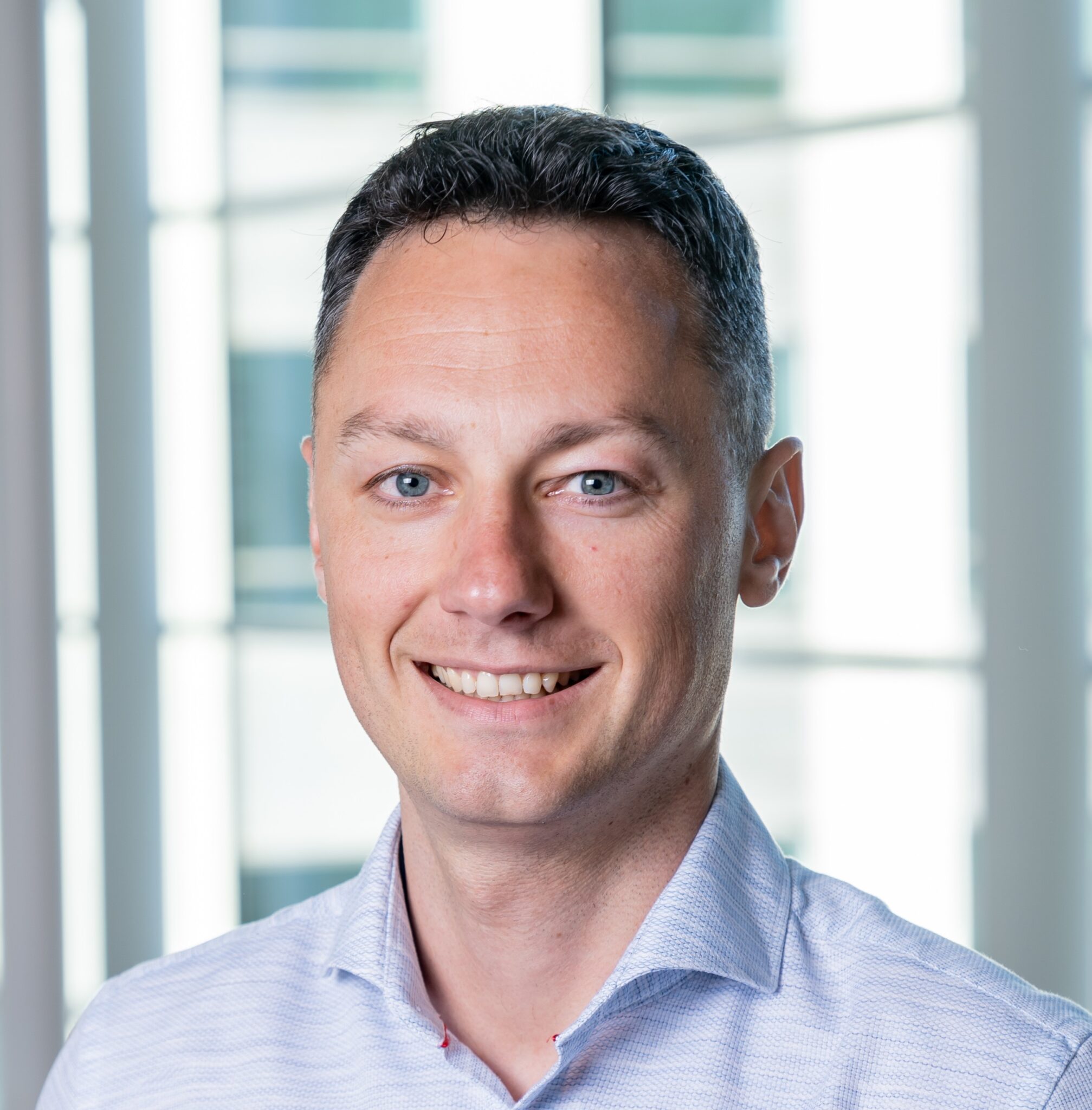An interview with Jorik Nonnekes, Associate Professor & Consultant in Rehabilitation Medicine at the Radboud University Medical Centre on Advocacy on February 5, 2024 by George Ackerman, Ph.D, J.D.
Biography
My name is Jorik Nonnekes, I am an Associate Professor and consultant in rehabilitation medicine at the Radboud University Medical Centre and Sint Maartenskliniek, both located in Nijmegen, the Netherlands. I studied medicine at the Radboud University Nijmegen, and performed a scientific elective at the Institute of Neurology, Queen Square, London. I live together with my wife and three children. I love to exercise and to make music.
Can you tell me more about your organization?
I see persons with Parkinson’s disease at the Radboud University Medical Centre (Radboudumc).The Radboudumc is globally one of the leading centres in the field of Parkinson’s disease; it is recognized as Center of Excellence by the Parkinson’s Foundation.
What is your passion and how did you get involved in Parkinson’s awareness and hope for a cure?
My professional life is dedicated to people with neurological gait impairments. Neurological gait impairments cause significant disability as they result in falls and fall-related injuries, fear of falling, immobility and loss of independence. My drive is to break this vicious circle by unravelling the mechanisms underlying gait impairments, which will give rise to new therapeutic pipelines. My vision is that work at the intersection of disciplines is needed fulfill this goal.
A large part of my work focuses on gait impairments in persons with Parkinson’s disease. These gait disturbances are present continuously (e.g. taking smaller, shuffling, steps), but also worsen episodically (e.g. outright ‘freezing’ of gait’ an episode during which a person is unable to take a next step and feels as if their feet are glued to the floor).
What type of goals do individuals with Parkinson’s have when working with you?
At my outpatient clinic is see persons with Parkinson’s disease with disabling gait and balance impairments. Typically, these persons want to walk better (i.e. longer distances or at a higher gait speeds, or with less freezing), fall less and become or stay independent. Together we seek for the most optimal therapy (often a combination of pharmacological and non-pharmacological approached).
My scientific inspiration also emerges during daily clinical practice: I may struggle to diagnose a gait pattern, search for the most optimal treatment, and often get inspired by patients’ stories or compensatory tricks. Subsequently, I study the emerged questions and hypotheses, when needed using out-of-the-box methods, and always in close collaboration with persons with Parkinson’s disease.
What type of training and how long are the programs?
My team often recommends the use of compensation strategies to improve gait. Stimulated by persons with Parkinson’s disease who spontaneously informed me about the use of these self-invented tricks to improve their mobility, I started to collect video recordings of compensation strategies. Together with international colleagues, I created an overview of the available compensation strategies. Subsequently I validated this framework using large scale international surveys involving more than 4.000 persons with Parkinson’s disease. Then, using lab-based studies, my group correlated the effectiveness of separate compensation strategies to individual patient characteristics, providing a new basis for much-needed personalized rehabilitation. To elucidate the underlying working mechanisms at cerebral level, my group applied ambulatory electroencephalography, and provided first evidence that these strategies induce a shift from automatic to goal-directed gait control. Stimulated by these findings, I initiated and currently lead an international consortium that will adopt a multi-modal approach to further underpin the neural mechanisms underlying compensation strategies. Additionally, as requested by persons with Parkinson’s disease, I created the interactive online platform www.walkingwithparkinson.com, which was awarded with the Ipsen Prize for patient care innovation. Currently I explore the potential health benefits of this platform in underserved Parkinson populations in Brazil.
What effect can it have on an individual with Parkinson’s?
Compensation strategies can have spectacular effects on gait impairments, see www.walkingwithparkinson.com.
What would you like to see as a future goal for your programs?
My drive is to break the vicious circle of gait impairments. In recent years, I have become fascinated by the role of arousal (i.e. stress and anxiety) on gait. I am currently working on pharmacological and non-pharmacological strategies to optimize arousal, and thereby gait performance.
What events do you participate in?
I am actively involved in the clinical training of professionals, including those from ParkinsonNet and the European Reference Network for Rare Neurological Disorders (e.g. via its winter schools).
I have made my research accessible to the patient community through appearances in patient media platforms of ParkinsonNet and ParkinsonTV.
How can someone get in touch? What is your website?
In your opinion what is the key to effective advocacy?
Advocacy is critical to raise awareness of the disabling impact of Parkinson’s disease. Open and equal collaboration between persons with Parkinson’s disease, caregivers, scientists and clinicians is key.
If you had one final statement or quote you could leave for the Parkinson’s community, what would it be?
Persons with Parkinson’s disease are the true experts. Please share your experiences with your clinician and with scientists, such that they become inspired by your observations, and can translate the underlying mechanisms to the whole community.

